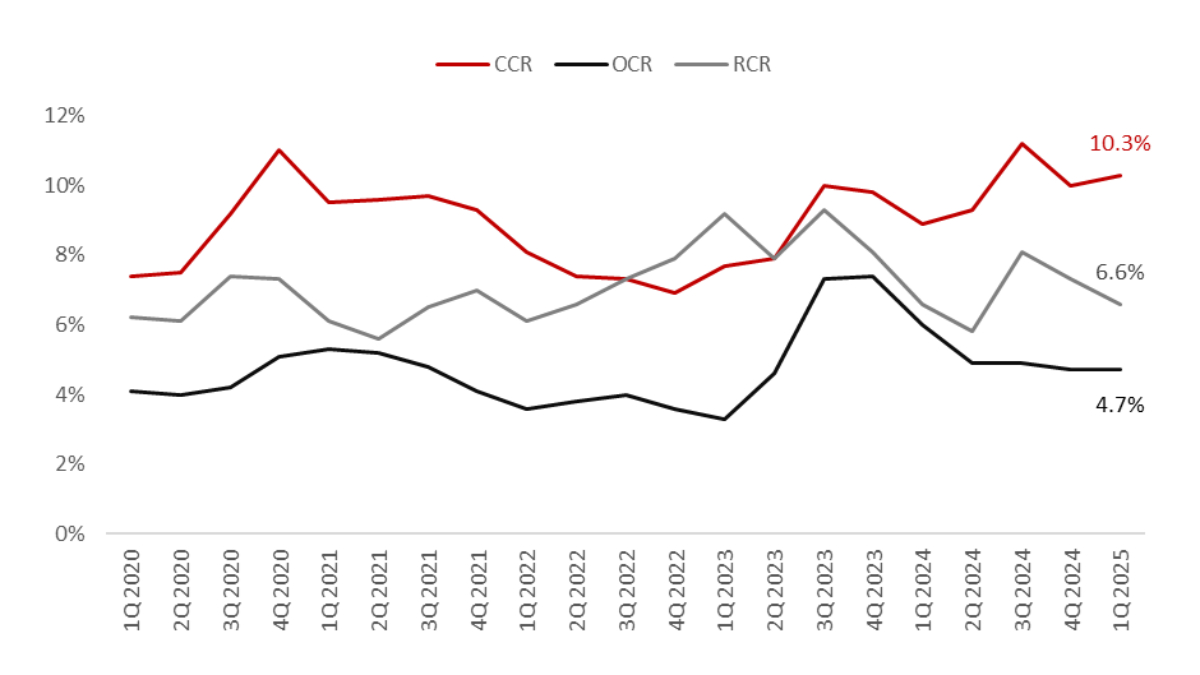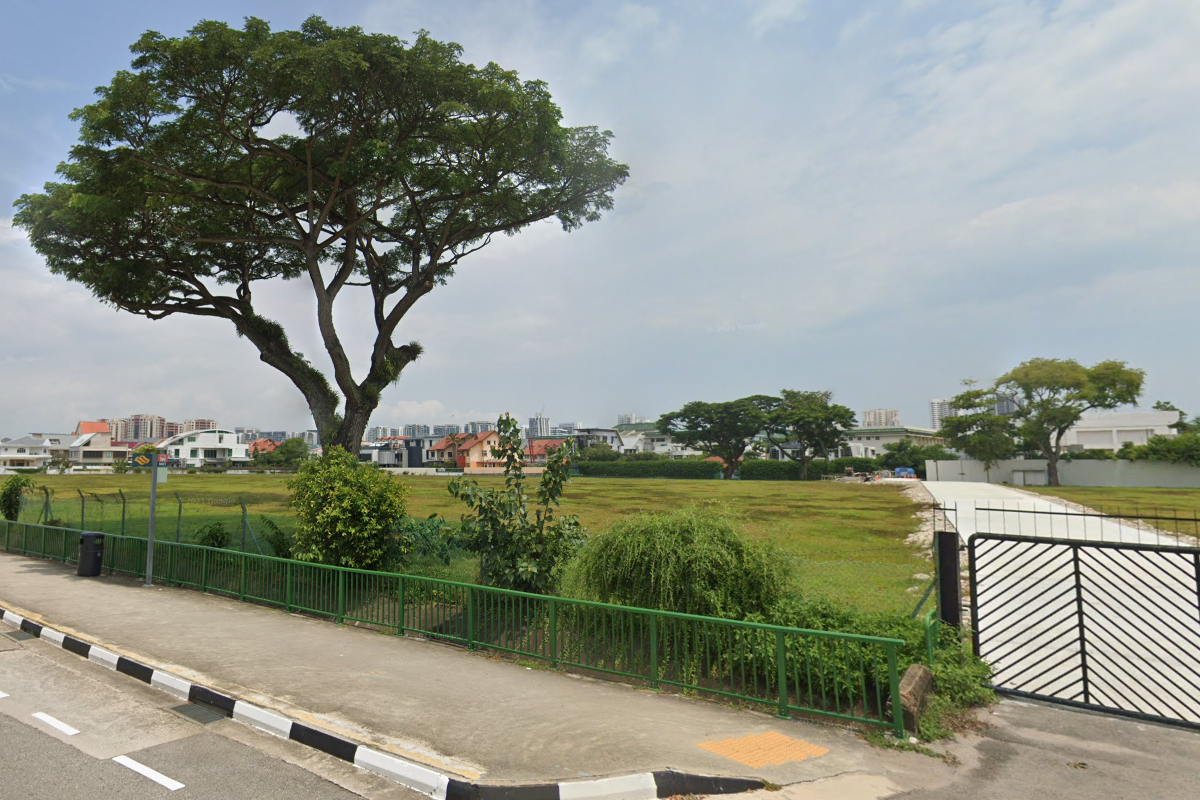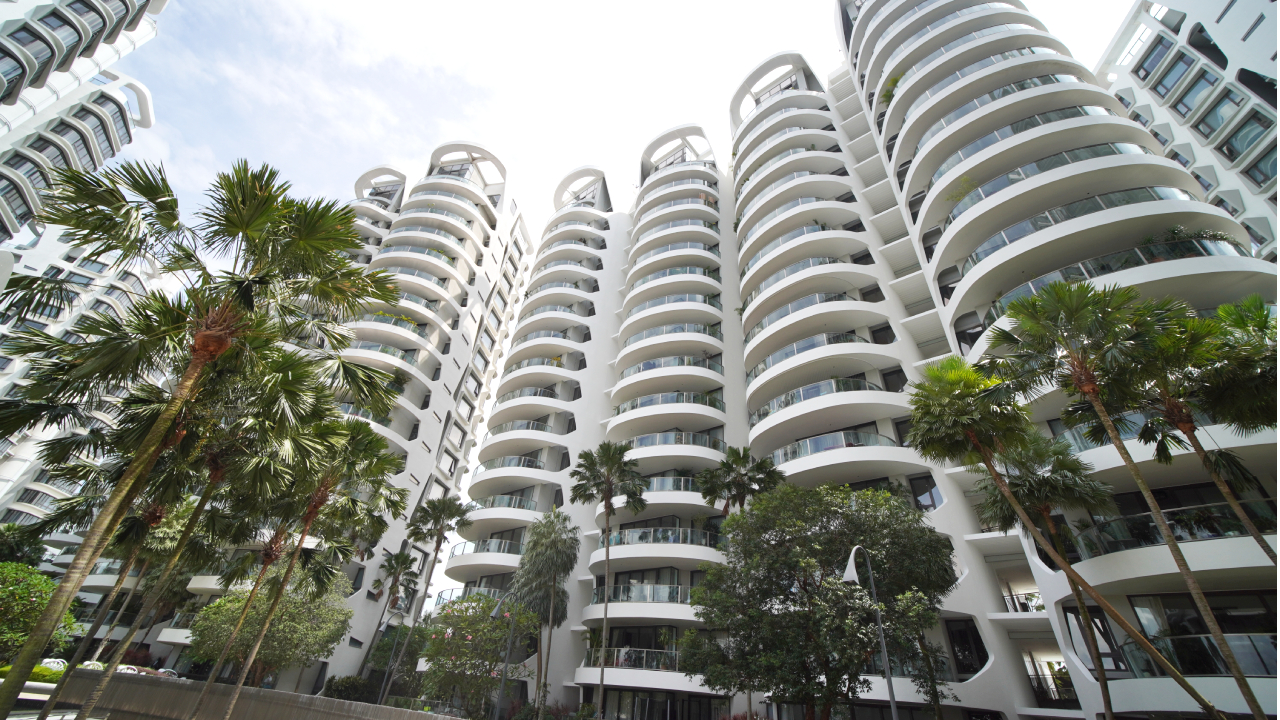How Can Real Estate Investment Support Your FIRE Movement Goals in Singapore?
- By Wong Shanting
- 4 mins read
- Private Residential (Non-Landed)
- 3 Jul 2025
The Financially Independent, Retire Early (FIRE) movement is not new to Singaporeans. In fact, many older Singaporeans might even assert that they were raised to be frugal and financially independent.
Today, however, the FIRE movement has taken on a new name and gained worldwide momentum, particularly among younger Singaporeans who are embracing it with fresh enthusiasm.
The motivation behind the FIRE movement
It is no surprise to see the revival of the FIRE movement among younger Singaporeans. As work demands become increasingly heavy, more and more Singaporeans are experiencing job burnout. Meanwhile, rising living costs add to financial pressures, making it harder for many to stick to their retirement plans. For many, the FIRE movement offers a possible way out of the rat race and a chance to take control of their finances.
For over two decades, the continuous growth in the property market has enabled some Singaporeans to achieve their FIRE goals successfully through property investment. However, in recent months, increasing global economic uncertainty and a shifting world order threaten to undermine future property gains. Yet, when we look beyond the short-term volatility, strong fundamentals still indicate that real estate is a valuable vehicle to help you achieve your FIRE goals.
Let us explore these fundamentals while discussing the trade-offs that investors may need to consider in this evolving landscape when selecting an investment property aligned with the FIRE movement.
Singapore’s agile policymaking and the adaptability of its Masterplan enable us to navigate an increasingly uncertain economic environment.
Singapore’s recent leadership transition coincides with its master plan review, providing a timely opportunity to refresh its positioning as it navigates an increasingly uncertain economic environment.
Previous versions of the Masterplan were primarily designed to address immediate demands relevant at that time. However, many of these trends have since shifted significantly. Looking ahead, we are now facing different challenges, including sustainability concerns, rising costs, an ageing population, and evolving economic needs. All of these will shape Singapore’s future real estate landscape differently.
By remaining nimble and adaptable, Singapore can uphold its relevance on the global stage and continue attracting investors, thereby supporting long-term real estate growth. This also creates opportunities for investors to venture into real estate beyond the residential segment and into the commercial and industrial sectors.
Long-Term Population Growth along with a proactive strategy to Sustain Housing Demand
It may be unpopular to believe that Singapore’s declining birth rate will negatively impact its economic competitiveness in the long term. Therefore, from a policy perspective, it makes sense to embrace more foreign talent to support and grow our economy, an approach that will undoubtedly drive housing demand.
Some may argue that the influx of foreign workers will increase housing demand, potentially leading to higher property prices. However, let us take a step back and examine this possibility. In April 2023, the Additional Buyer’s Stamp Duty (ABSD) for foreign buyers was doubled from 30% to 60%, a move that almost immediately reduced housing demand among this group of buyers. Consequently, foreign workers in Singapore are often more inclined to rent rather than purchase property, as they typically view their stay as temporary.
That said, some eventually become permanent residents or naturalised citizens, opting to settle, establish their careers, and raise their families in Singapore. Regardless of whether they are renting or buying, they will still require housing.
1. Prioritise properties that have access to a steady and sustainable tenant pool.
With nearly 90% of housing owner-occupied, the availability of homes for rent remains limited, as evidenced by the persistently low vacancy rates across various market segments. Understanding how rental demand varies across these segments can provide you with an advantage when planning your next property purchase.
Chart 1: Vacancy Rate Across Market Segments

Source: URA, ERA Research and Market Intelligence
For instance, the Core Central Region (CCR) has long been regarded as a popular housing choice for foreign expatriates, thanks to its prime location in the heart of Singapore. It offers a short commute to key business districts and convenient access to popular shopping and lifestyle amenities. Given its higher concentration of investment properties, vacancy rates in the CCR tend to trend higher compared to the Rest of Central Region (RCR) and Outside Central Region (OCR).
Although traditionally driven by Singaporean owner-occupiers, we also observe rental demand in the RCR and OCR, albeit to a much lesser extent than in the CCR. This is because more expatriate families are adapting to and embracing the local Singaporean culture, particularly as Singapore continues to enhance its decentralisation efforts.
2. Stay invested for the long haul to achieve meaningful capital appreciation
When it comes to property investing, time in the market consistently outpaces short-term timing strategies. Based on median unlevered returns from property investments in Singapore, investors who retained their properties for 15 years or longer experienced their returns increase by over 50% compared to those who held on for less than 15 years. This underscores the importance of adopting a long-term investment horizon, where capital appreciation compounds steadily over time, navigating market cycles and short-term price fluctuations.
For investors aiming to achieve financial independence, this long-term approach to holding property helps build lasting wealth while managing market fluctuations.
Chart 2: Median Unlevered Returns Base on Holding Period

Source: URA (Jan-May 2025), ERA Research and Market Intelligence
3. Narrowing price gap between CCR and RCR could open up new price growth opportunities in CCR
The successive new home launches in the RCR and OCR since 2023 have supported price growth in these regions. In contrast, the CCR has experienced fewer new home launches during this time, leading to a slower rate of price growth.
In 1Q 2021 the CCR and RCR price gap was around 39%, but it has since narrowed significantly and is now almost on par.
While some may argue that the absence of new launches in the CCR is not a significant factor in the slower price growth, they might be overlooking an important point: home prices have largely been driven by new launches. With at least five new CCR projects scheduled for launch in 2H 2025, the CCR could experience renewed momentum in price growth.
Chart 3: Narrowing Price Gap between CCR and RCR

Source: URA, ERA Research and Market Intelligence
4. Masterplan 2025 may offer a glimpse into potential medium- to long-term growth locations
This month, more concrete plans under Master Plan 2025 will be unveiled, which could provide insights into potential growth locations. For instance, URA has already announced high-level plans for areas such as the Southern Waterfront and Kallang Alive, which are expected to spearhead housing demand in these locations.
Keeping a close watch on Masterplan changes can be rewarding, as early entry into emerging locations offers opportunities to ride on future market growth. For those looking to capitalise on tenant demand, identifying key business parks such as One-North and developments in regional centres may also prove advantageous as these locations gradually become more established and populated, with a workforce driving housing demand.
FIRE Is Still Achievable Through Real Estate, But You Will Need the Right Strategies and Skilful Planning
The road ahead is more challenging, but achieving FIRE is possible through calculated trade-offs. One key consideration is that the time required to achieve FIRE may be extended, as future project growth is likely to moderate. Buyers should remain open and selective, as not all developments will perform equally or provide the same growth potential. This is where working closely with a trusted salesperson can help curate a long-term, tailored plan to remain on track towards your FIRE goals.
Ultimately, although the journey toward FIRE may encounter new challenges, with adequate planning, flexibility, and professional guidance, real estate can still serve as a powerful means to build long-term financial independence.
Disclaimer
This information is provided solely on a goodwill basis and does not relieve parties of their responsibility to verify the information from the relevant sources and/or seek appropriate advice from relevant professionals such as valuers, financial advisers, bankers and lawyers. For avoidance of doubt, ERA Realty Network and its salesperson accepts no responsibility for the accuracy, reliability and/or completeness of the information provided. Copyright in this publication is owned by ERA and this publication may not be reproduced or transmitted in any form or by any means, in whole or in part, without prior written approval.





